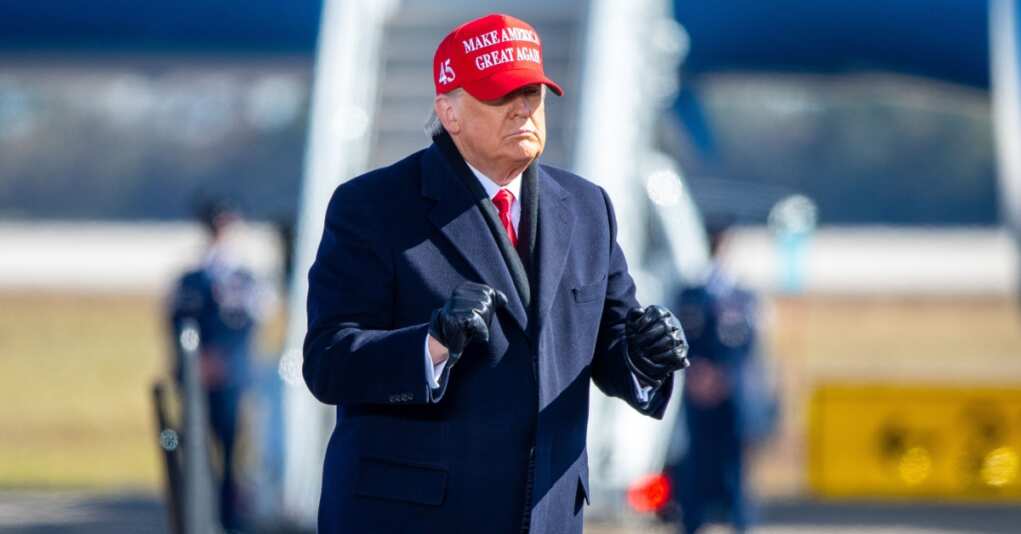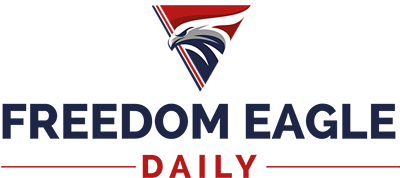A Trump Victory May Depend On This Forgotten Voter Bloc

The Trump campaign and its supporters are focusing more than ever on reaching voters who don’t often vote in the seven key states that could decide the November 5 election. This risky plan could bring in many new voters, but it might fail if the people they’re trying to reach don’t turn out to vote, warned a Republican official and a college expert.
It’s a risk well worth taking for the Trump campaign. A recent survey found that Trump led by nine percentage points, 49% to 40%, with people who didn’t vote in 2020.
Jason Cabel Roe, former executive director of the Michigan Republican Party, said the Trump campaign made a smart move by focusing on voters who don’t vote often. These voters helped Trump win in 2016.
Donald Green, a political science professor at Columbia University, said research shows that trying to get voters who don’t usually vote can work well in presidential elections because those voters are more willing to be convinced. But he cautions against focusing too much time on the untapped voter bloc. “If they’re going to the same places and contacting the same people, that’s a waste of resources,” he said.
Another official in a critical state said they were worried that too much effort was going toward these voters instead of swing voters, who don’t strongly support one party and are easier to get to vote.
The anonymous official said getting infrequent voters to vote takes a lot of time and effort. This includes visiting their homes and calling them frequently. He warns that these voters might not care much about politics or pay attention to TV ads.
The Trump campaign said it is not ignoring swing or regular voters. These voters are still being reached through mail, text messages, and door knocks. However, the campaign is giving more personal attention to infrequent voters, who are the hardest to convince to turn out on election night.
The Republican Party and its partner groups are also spending a lot of money to register new voters and encourage mail-in voting, which has been a weakness for them in the past.
In a private meeting with donors in late July, Turning Point’s Charlie Kirk said Democrats were doing better at reaching voters. He noted that Harris was slightly favored to win. During the previously unreported call, Kirk urged donors to support his group. He said the election would come down to who could find and get 10,000 more voters who don’t usually vote into the system.
Turning Point spokesman Andrew Kolvet was somewhat dismissive when asked about the call. He said Kirk wants to avoid overconfidence and prefers to act like they’re behind in the polls.
Trump is relying a lot on outside groups to help get more voters, thanks to new federal rules this year that let campaigns share data and work more closely with these groups. A Trump campaign official, speaking anonymously, said there are 2,000 paid canvassers going door to door, hoping to reach 15 million homes by Election Day.
The Trump campaign is using the same strategy for the general election that it used in Iowa’s Republican contest last January. Volunteers organized their neighborhoods in that contest, helping Trump win with 51% of the votes.
Unlike in past elections, the new group of volunteers isn’t trying to reach everyone. They are given a small list of people in their area and asked to build relationships with them by visiting, calling, and sending postcards.
Trump is relying heavily on outside organizations to help get more voters, thanks to new rules this year that allow campaigns to share data and work more closely with these groups.
Reuters talked to twelve Republican county leaders, and most said the effort to get out the vote was strong in their areas.
One exception was Dave Smith from Pima County in Arizona, who said there were more Democrats than Trump supporters in his area and that he had asked Turning Point Action for more canvassers. Smith said they told him to be patient.
Kolvet dismissed concerns about Pima and said that more canvassers are being trained.
The campaign is getting help from at least four groups that support Trump and focus on voters who don’t vote often. Reuters found that these include America PAC, a super PAC funded by tech billionaire Elon Musk. Turning Point Action plans to spend $108 million to hire hundreds of paid canvassers in crucial swing states.
Kamala Harris’s campaign has 1,600 paid workers in key states, while Trump’s only mentions “hundreds” of staff. In Pennsylvania, Harris’s campaign has 50 offices, which is twice as many as Trump’s campaign has reported.
With the polls showing the candidates in a virtual tie, the key to a Trump victory may be convincing infrequent voters to turn out for him.









